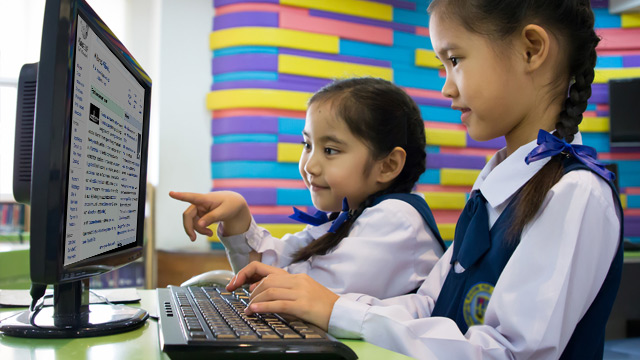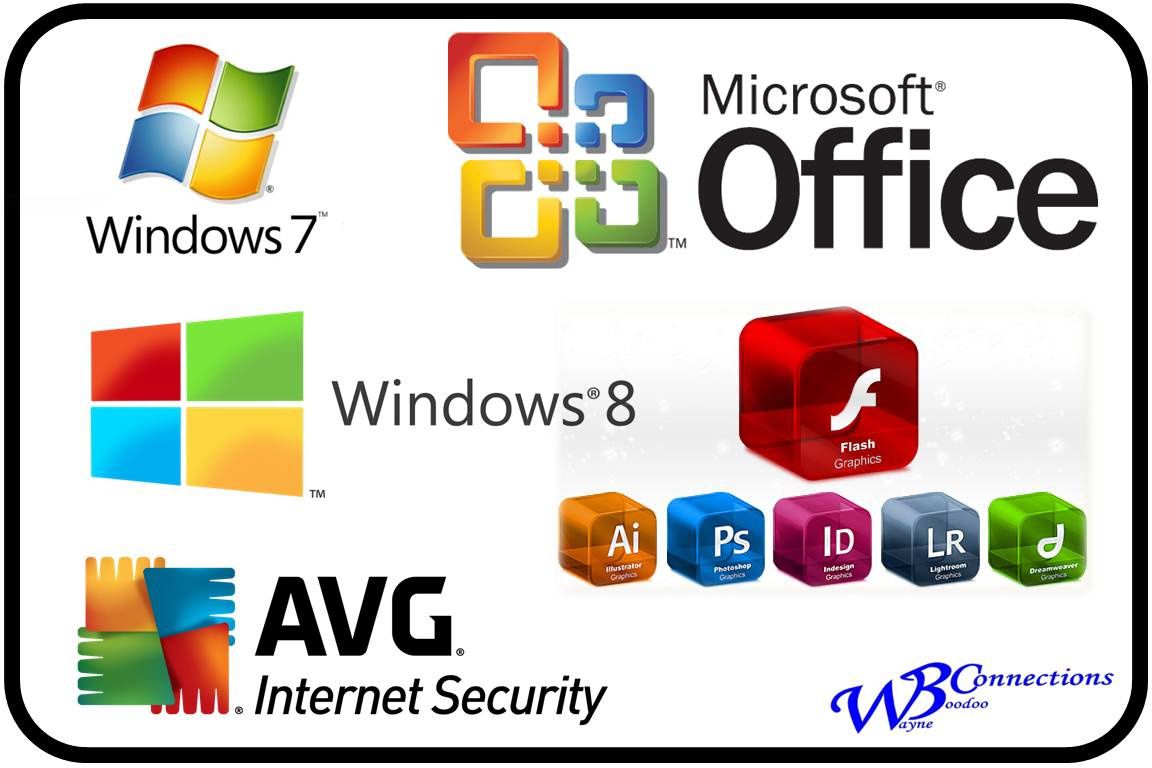Today, books are still the primary medium of instruction in most schools. The disadvantage of using books for learning are debated upon. For school-graders, the loads of books are backbreaking due to weight and size. Publishing and printing millions of books for millions of public school children are just too expensive for the public purse. The errors in public school textbooks have also been exposed, errors resulting from wrong information, technical mistakes, and editorial lapses.
Today, technology is being viewed as a savior. Already computer games have been adopted in developed countries as a learning technology along with other audio-visual aids to teaching and learning. Classroom instruction which rides the vehicle of gaming admittedly makes learning more effective and more fun.
Use of tablets in public schools in the country maybe difficult considering certain factors, such as cost of one tablet for one student, books have more durability compare with electronic gadgets, and technical expertise for the learning software is not widely available.

































